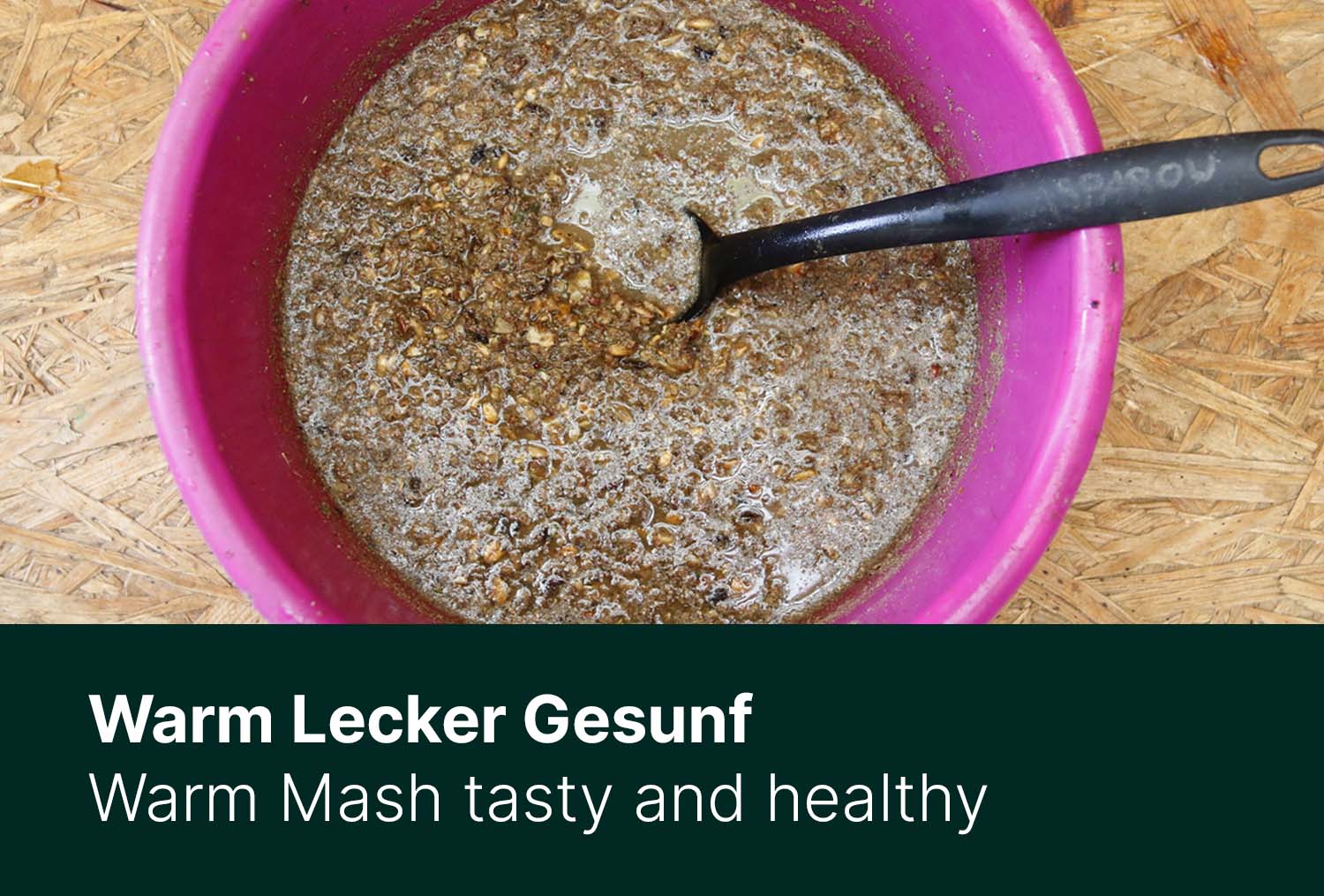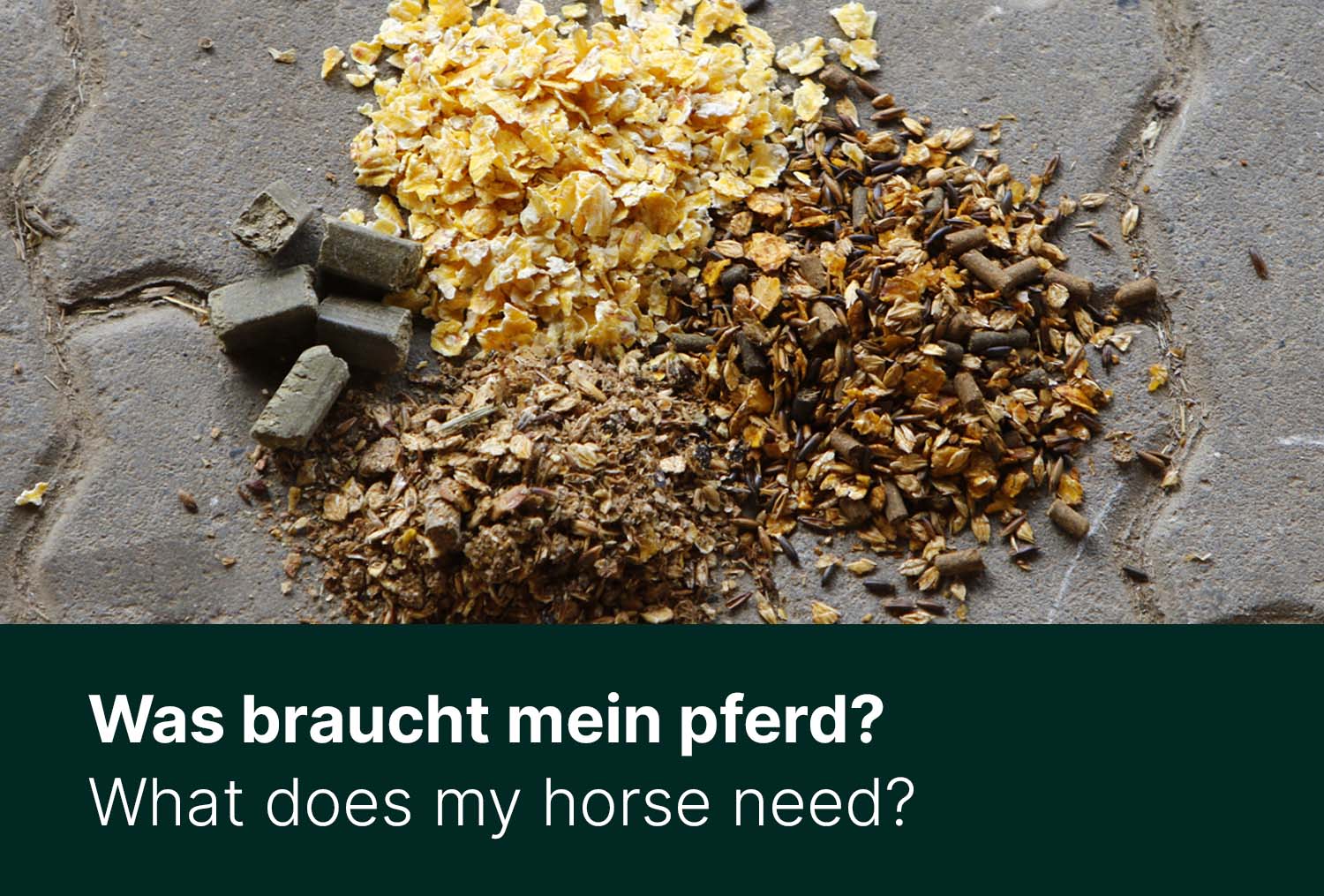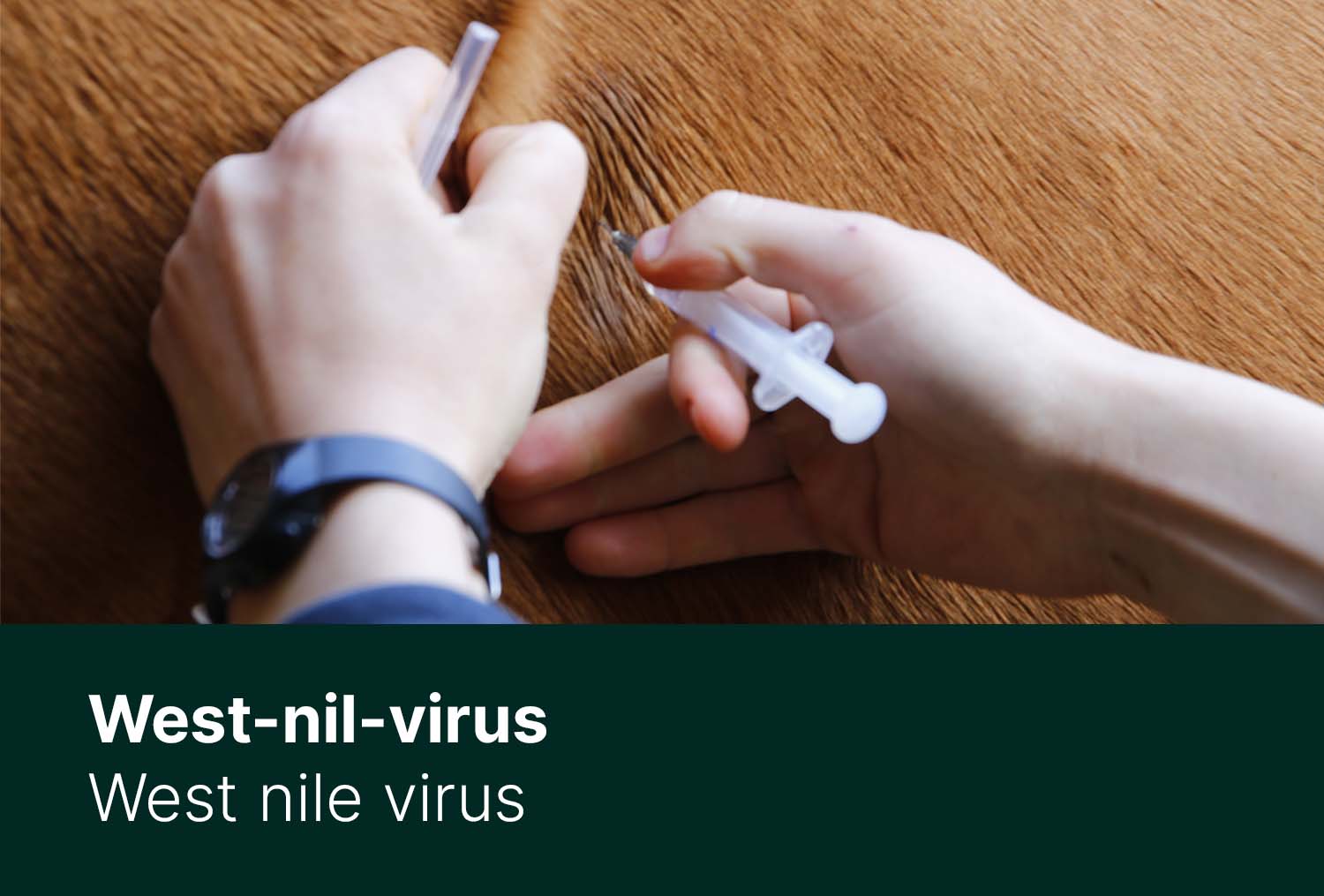Especially during winter, Mash is one of the standard feeds in every horse stable. Almost every horse is happy about this treat, warm and tasty, but Mash also has a lot to offer in terms of health. We clarify the most important questions and facts about this warm snack.
Initially, Mash consisted primarily of wheat bran, linseed and salt. The feeding goes back to the use of the horse as a war and work animal. After much effort, the horses required an easily digestible food, which quickly replenished the energy reserves and thus shortened the regeneration time. The ingredients and components today can vary widely depending on the type of mash, but the beneficial effects of this feed have remained.
Ingredients and Content
Depending on the needs of the horse, there is now a broad range of mash, from which any horse owner can choose the right for his horse. Among the fashions diseases — due to posture, stress and feeding — are primarily stomach and intestinal problems, like inflammation of the mucous membranes, intolerance or increased colic tendency. Especially these horses require a particular choice of feed. Hence, there are already numerous alternatives to the original Mash: grain-free, enriched with herbs and trace elements, short swelling times or especially mucus forming. A rough overview and the resulting advantage results in the following listing:
Wheat Bran is one of the main ingredients of the most common mash varieties. With regard to muscle activity, wheat bran has a particularly important effect and contributes significantly to the development of active muscle mass. Due to the contained protein, the muscles are specifically supplied, and power losses can be prevented. Also for feeding lean horses, wheat bran is particularly good. It should only be ensured that the horse tolerates grain well.
Rice Bran is a healthy alternative to wheat bran - especially if the grain ration of the horse is to be kept to a minimum. Due to a significantly reduced starch content, it is better tolerated and easier to digest, which is notably good for horses with stomach and intestinal problems. In addition, rice bran is rich in essential fatty acids, which carry out a crucial role in the metabolic processes.
Linseed or Linseed whole grains determine the swelling time of the mash. Extruded flax seeds are so open that the swelling time is significantly reduced compared to conventional plant fiber seeds. By pouring boiling water, the hydrocyanic acid of the seed is rendered harmless. The seeds form a mucus layer, which possesses a incredibly beneficial effect on the gastrointestinal tract. This mucus layer places a protective film over the sensitive mucosa and effectively shields it from the aggressive stomach acid. Therefore, Mash represent a healthy alternative in terms of feeding in inflammatory diseases of the gastrointestinal tract. The horse, unlike humans, continuously produces stomach acid.
Lucerne typically represents the crude fiber proportion in the Mash. Through high-quality protein, it explicitly supports the muscle activity and provides the body with essential amino acids. For an intact digestion sufficient crude fiber is essential. That is why it is substantial to pay attention to a corresponding amount of crude fiber also when choosing the mash - which in the first place indicates a mushy consistency.
Brewer's yeast has made a name for itself especially in spring and autumn during the time of the coat change and is specifically fed to support the skin and hair metabolism. In addition, brewer's yeast contains a lot of natural vitamins B, which is irreplaceable for an intact intestinal flora.
Fruit pomace not only makes the mash particularly tasty, but also contains useful pectins that together with water also form mucilages.



To Regulate Digestion and Regeneration
Most importantly, Mash is fed over the cold winter months to provide the horse with a warm snack. What is often underestimated is the medical and health significance of the Mash feed. Due to the special consistency, Mash affects the digestion regulatory. It is easily digestible, can relieve abdominal pain, removes laxative constipation and replenishes the energy reserves of the horse quickly. This makes Mash suitable not only for the cold period, but also during the tournament season or after strenuous training and extreme sweat loss. Especially horses that are struggling with stomach and intestinal problems, are happy about this healthy and easy change. Also in terms of weight gain and the feeding of old horses with dental problems Mash is highly recommended. Due to the excellent taste Mash is accepted by almost all horses, which makes it ideal for mixing with medicines. Ultimately, the mash can be individually adapted by any horse owner: herbs, oil or electrolytes represent only a narrow selection, with which the Mash can be enriched.

„Do not Feed Mash too Often“
Every horse owner has certainly been confronted with the thesis that you should not feed Mash too often. But why not? Foremost, Mash is not unhealthy when fed frequently. However, it is the case that the digestive tract of the horse is primarily dependent on fiber-rich feed. Needless to say, Mash's mushy texture represent just the opposite - even when rich in fiber like Lucerne are included. As a sole food Mash is therefore unrecommended. Notably in case of illness, which affects the gastrointestinal tract, reveal the beneficial effect that has Mash has on the digestion. Blockages can be loosened, digestion regulated and mucous membranes protected. If Mash is fed on a daily basis, the digestive system gets used to the consistency and the ingredients. In case of emergency, the mash feeding no longer fulfills the desired effect. Therefore, it is actually advisable not to feed Mash more than three to four times a week. As you would expect, old horses with dental problems, high-risk patients, chronic diseases of the gastrointestinal tract, etc. are excluded. Here Mash offers an extremely great opportunity to do something good for the horse with regard to feeding and to assist in the regeneration.








Store Horse Feed Properly
Respiratory Diseases - Prophylaxis and Measures